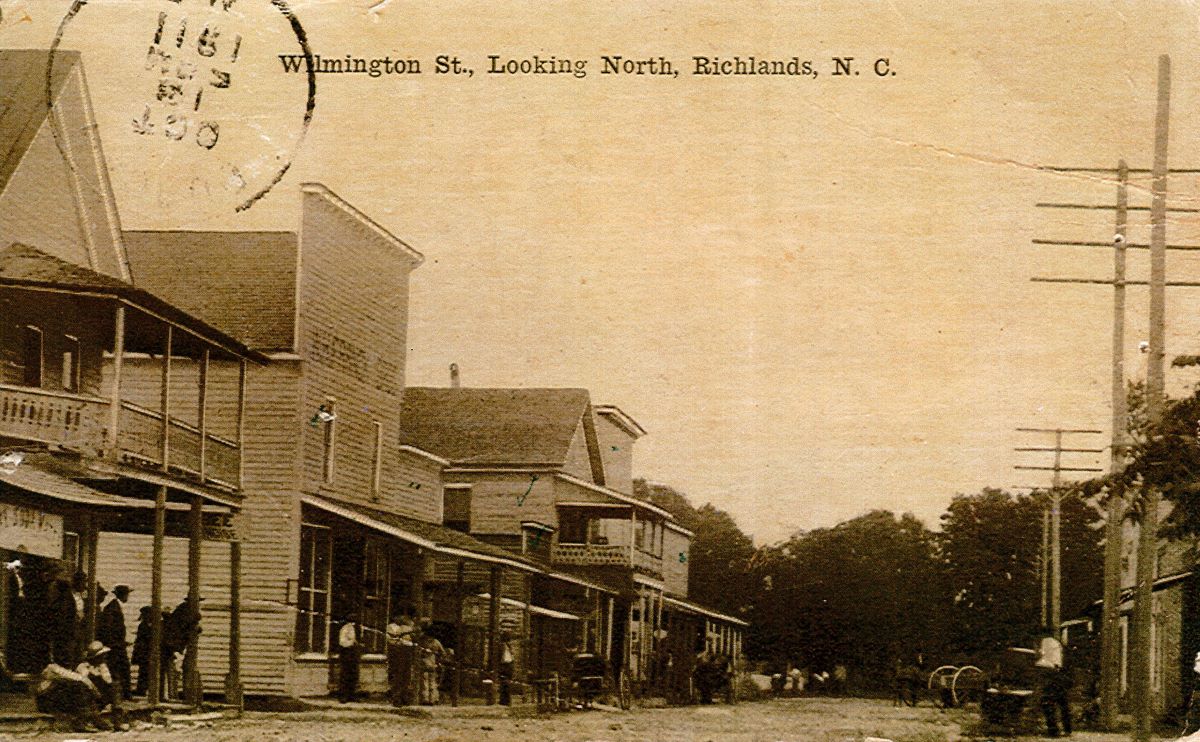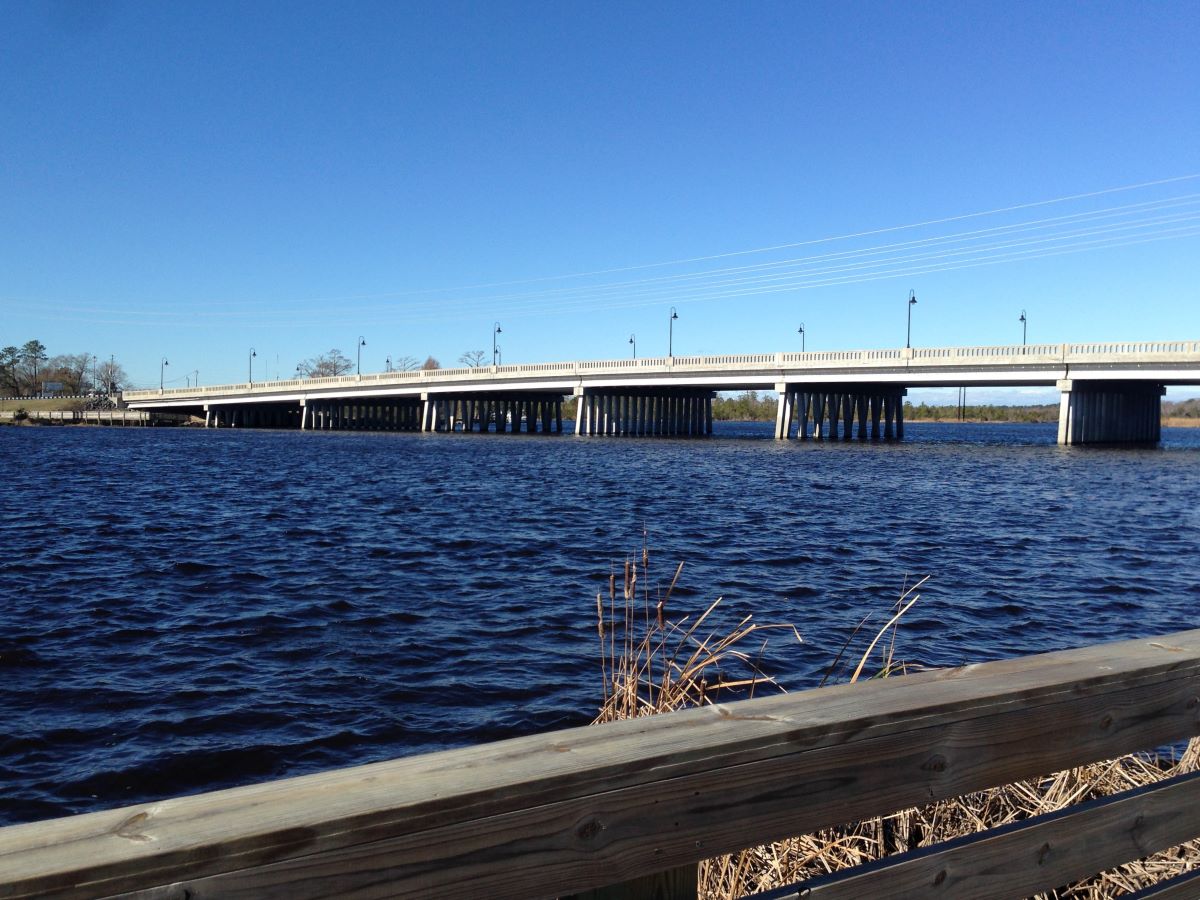
While many know most historic towns in eastern North Carolina like Edenton, Beaufort or Wilmington because of their prominence during the Colonial period, there are a number of communities that gained importance during the era of the canal and the railroad.
Richlands is one of those towns.
Supporter Spotlight
While there are references to the “Rich Lands of the New River” that can be found as early as the Colonial period, the Onslow County community began to grow in the early 20th century from a rural, unincorporated crossroads — one of many in the region — to a center for education and railroad commerce.
Along the way, the town, which is about 20 miles from Jacksonville, eventually became central to the future of rural Onslow County while retaining its small-town atmosphere.
An official at the Richlands branch of the Onslow County Library said that the town “reminds me of a postcard. It’s a quaint little town without the hurry and bustle of Jacksonville.”
The community of Richlands was part of the decades-long migration of English settlers into eastern North Carolina throughout the mid-18th century.
Following the defeat of the Tuscarora by British Colonists in the 1710s, settlers began to move into their former territory, founding tobacco and corn plantations, tapping trees for naval stores, and building modest homes and communities as they went.
Supporter Spotlight
The fertile areas along major rivers were settled first, leading to towns such as New Bern, Brunswick and Tarboro. Areas further from navigable rivers and on smaller rivers received settlers next, including Richlands on the New River.

Richlands was a center for education as it was home to Richlands Academy, one of many preparatory schools founded in North Carolina before the Civil War.
These institutions survived in a time before compulsory public education and were less expensive than the tutors hired to provide instruction in wealthy families.
Founded in 1848 but with earlier roots, Richlands Academy remained small and limited in instruction, but it served as a preparatory school for the well-known Randolph Macon College in Virginia.
The school lasted for 60 years, much longer than many of the state’s antebellum academies. This legacy of education lives on both in the local high school and the Onslow County Museum located in town.
Incorporated March 29, 1880, Richlands did not begin to grow substantially until the early 20th century.
In 1905, the Dover and Southbound Railroad came into the area. This railroad offered a lifeline to larger towns on the former Wilmington and Weldon Railroad like New Bern and Jacksonville.
As noted in the town’s historic district National Register nomination, “Richlands quickly became the major collection and distribution point for farmers in the surrounding countryside.”
A business district popped up along the rail line around the corner of Hargett and Wilmington streets. This area became the home of numerous commercial buildings that comprise the town’s present historic district.

Along with education and the railroad, the most important development for Richlands was the establishment of nearby Marine Corps Base Camp Lejeune in the early 1940s.
Camp LeJeune absorbed one community, the aptly named village called Marines on the New River, and affected social and economic patterns in the greater region.
A new base meant jobs, housing, and an influx of millions of dollars from contractors and the federal government. Richlands, which is about 20 miles northwest of Camp LeJeune, soon began to feel the effects of this growth. The population nearly doubled between 1940 and 1960.
Today, Richlands is facing the same predicament as other towns and communities around North Carolina’s military bases.
Like Sneads Ferry and Goldsboro, Richlands has centuries of heritage, a considerable historic district, and a host of small businesses.
But the lure of millions of dollars and thousands of new residents from Camp LeJeune is already threatening Richlands’ small-town setting. Traffic increases daily, and chain restaurants and stores have already begun marching up U.S. Highway 258 from Jacksonville toward the town.
It may be possible for Richlands to retain both its historic center and the suburban sprawl that typifies rapidly growing military-adjacent towns in the 21st century. But the possibility of being relegated to a bedroom community still looms for the town at the rich lands of the New River.








